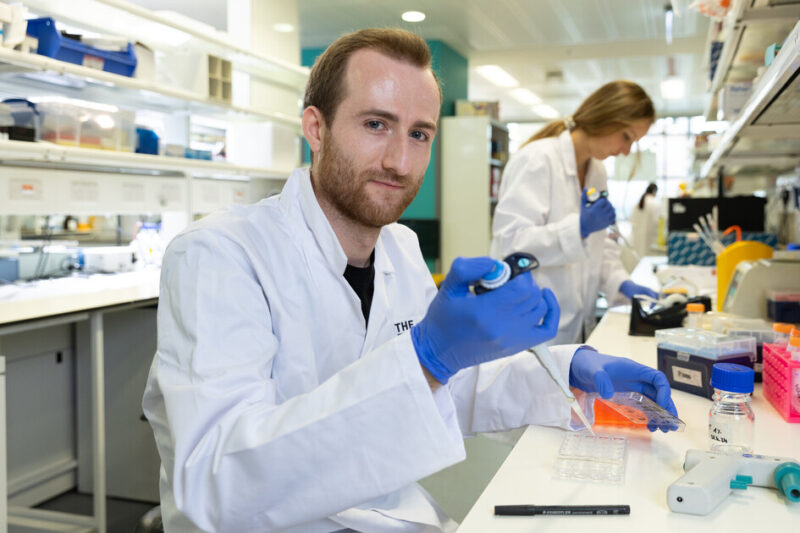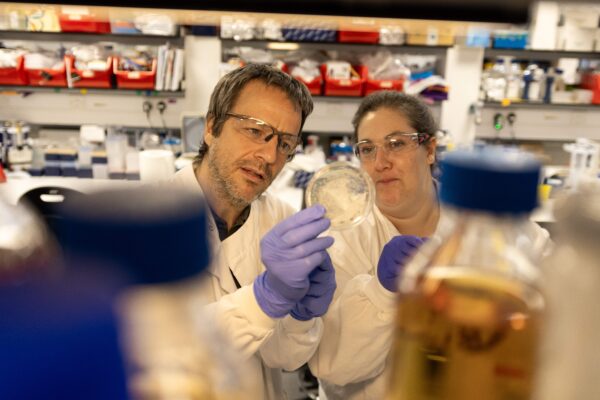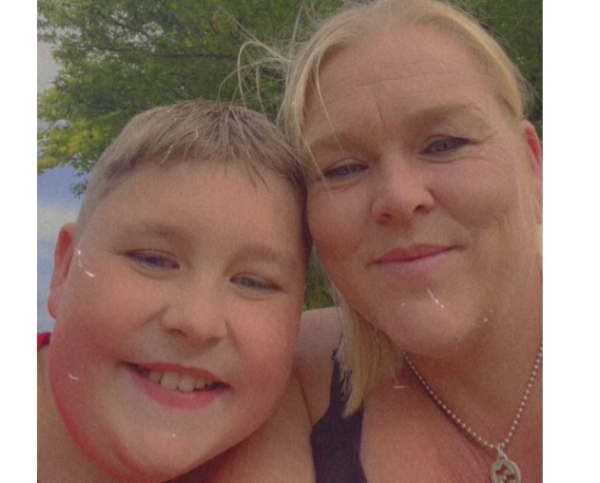For British Science Week, two top researchers share their thoughts on how research has advanced in recent years, how these advances are leading the way for future treatments, and the main challenges we’re yet to overcome.
“The treatments today for muscle wasting conditions are unrecognisable from a decade ago.”
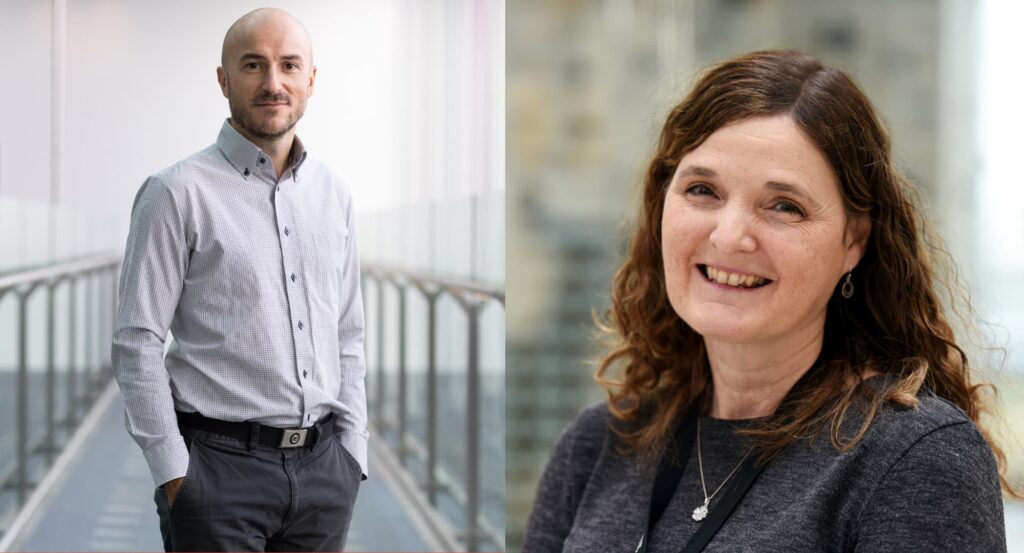
Professor Francesco Saverio Tedesco leads a team at University College London (UCL) and The Francis Crick Institute. His team are growing ‘mini muscles in a dish’ to test potential treatments for several muscle wasting and weakening conditions, including LMNA-related congenital muscular dystrophy.
“There has been impressive progress over the past five years in developing treatments for neuromuscular conditions.”
“Spinal muscular atrophy has seen major advances, with genetic therapies revolutionising the outlook of the condition in a way that was unthinkable a few years before. Duchenne muscular dystrophy has also seen major progress, with two new drugs approved just this year.
“Converting discoveries made in animal models of muscle wasting conditions to safe and effective treatments remains a major challenge. The list of potential treatments working in mice which haven’t worked as well in larger models or in humans is long. However, we can now use models that more accurately mirror what happens in people with muscle wasting conditions to help identify the best treatments to take forward for further testing.
“A few years ago, we developed the first “mini muscle in a dish” that mimics specific muscle wasting conditions.”
“More recently, we brought together leading international researchers, clinicians, patient advocacy groups and experts to continue exploring models that mimic what happens in muscular dystrophy. We believe this strategy can speed up the testing and development of new therapies for muscle wasting conditions.”
Professor Linda Popplewell, and her two PhD students, are working on developing gene editing techniques for Becker muscular dystrophy (BMD), as well as a new tool that could potentially fully repair the dystrophin gene.
“Over the past decade, there have been several treatments approved for Duchenne muscular dystrophy and spinal muscular atrophy. The progress in developing treatments for other muscle wasting conditions has been slower due to their severity and a poorer understanding of what happens in these conditions.
“However, in the last five years, some of these rarer diseases now have treatments in clinical trials.
“Scientists are testing different approaches, such as medications that block harmful immune system activity, stem cell treatments, nutritional interventions and plant-based compounds that might reduce muscle damage.”
“These approaches could benefit a wide range of muscle wasting conditions like FSHD, LGMD, myotonic dystrophy, CMT and inclusion body myositis.
“One of the biggest advances has been applying the same technologies used in Duchenne and SMA treatments to other muscle wasting conditions. For example, steroids are now being tested in BMD, LGMD, and juvenile dermatomyositis.
“Gene editing, which uses ‘molecular scissors’ to fix changes to DNA, is a huge area of progression. This could provide a permanent treatment for some patients.”
“A form of genome editing is now in clinical trials for glycogen storage disease type 1a. However, gene editing is still challenging—it only works for certain patient groups, is difficult to deliver into the body, and can cause unintended genetic changes. While progress is slow, safer and more effective gene-editing tools have been developed in recent years.
“One of the most important things to have at the forefront of treatment development, is to have patients’ voices heard and driving the direction of the research. The vital involvement of charities, such as Muscular Dystrophy UK, in making that connection, funding the research, raising awareness, supporting clinical advances through centres of excellence and, most importantly, providing patients and their families with support and guidance, is fundamental.”
Our research
We’ve already made advances that would have been unthinkable just 10 years ago, and we are determined to go even further and faster.
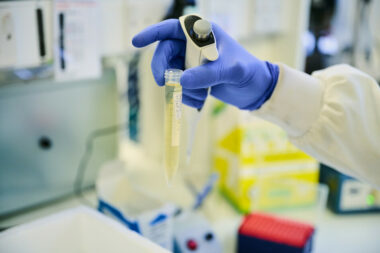
Every day we’re working towards a future with effective treatments and ultimately cures for all muscle wasting and associated neuromuscular conditions. We believe this as passionately now as we did when we were established in 1959. It is this vision that unites us all and continues to drive our research strategy.
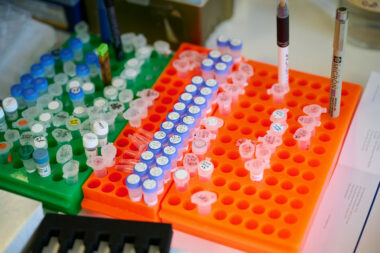
Browse our groundbreaking research to further our understanding of conditions, develop effective treatments, help people to live well and inform better care.
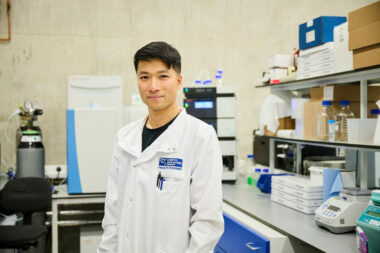
All of the projects we fund have gone through a vigorous peer review process. This ensures we’re funding the best quality science that’s relevant for people with muscle wasting conditions.
